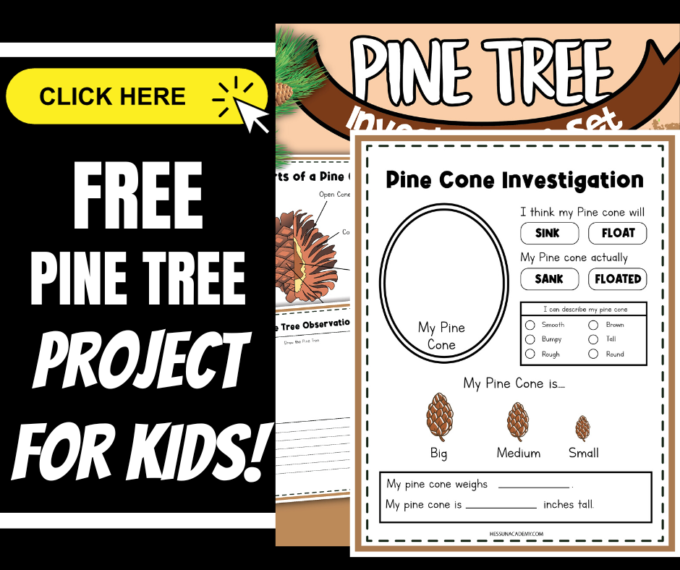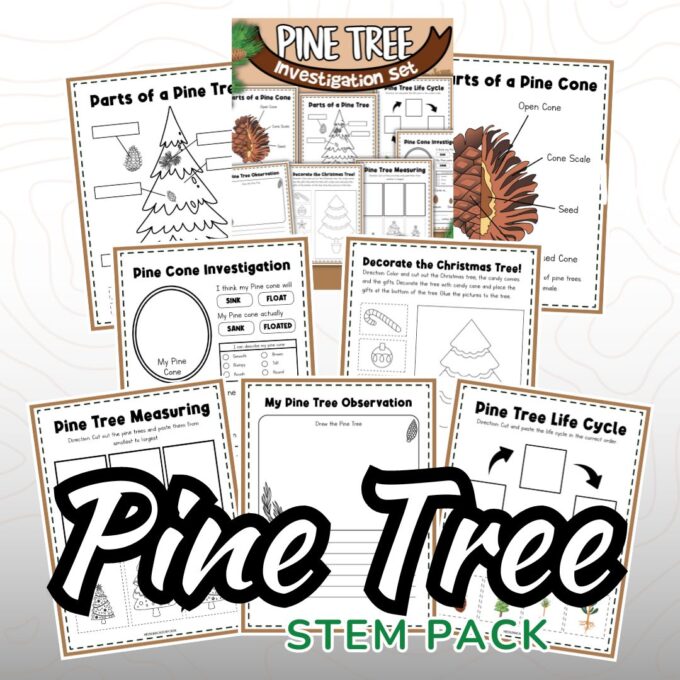While we might think of Pine Trees as holiday or Christmas trees, they are also essential to our ecosystem! They are home to many animals and can be found worldwide. Let’s dive into the life cycle of a Pine Tree, investigate pine cones, and even try a few pinecone crafts and STEAM projects this season.
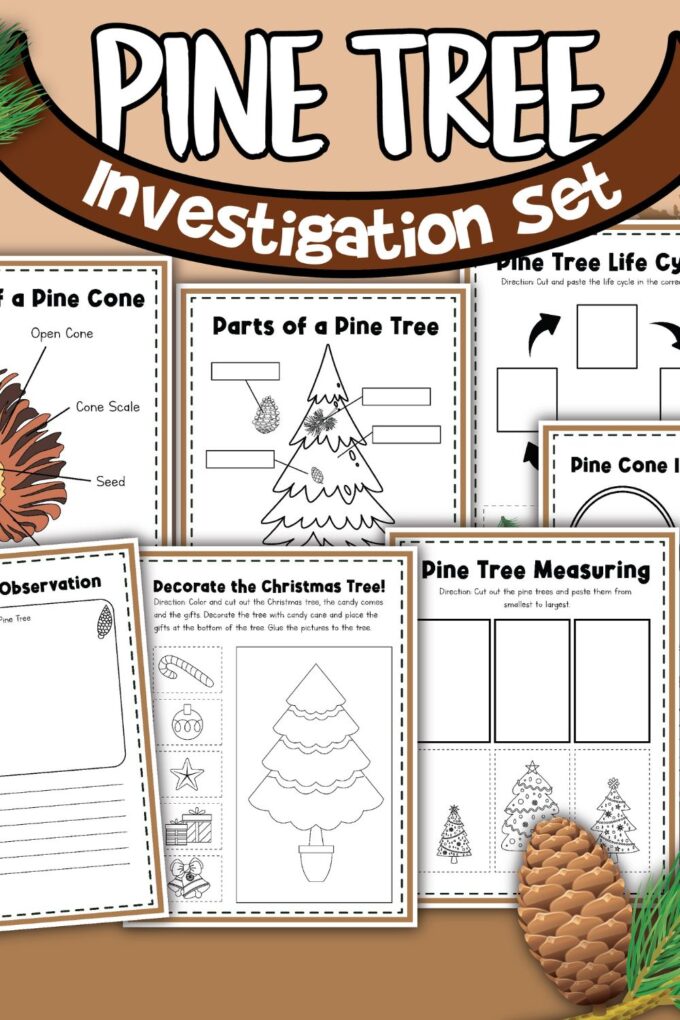
Biology for Kids
Pine trees play an exciting role in exploring biology for kids, and offer a fascinating glimpse into the natural world. Studying pine trees helps children understand the life cycle of plants, from tiny seeds to towering trees.
Check out the complete Biology Experiment guide here.
Biology lessons about pine trees can explore topics such as photosynthesis, where these evergreens convert sunlight into energy, and how they adapt to different climates. Pine forests become classrooms for learning about ecosystems, as these trees create habitats for various animals, from birds to insects.
Children can also observe the structures of pine cones and pine needles which teaches kids about the anatomy and reproduction of a group of plants called conifers. Exploring the biodiversity supported by pine trees encourages curiosity about the interconnected web of life, making the study of pine trees a hands-on and engaging adventure in the wonders of biology.
Life Cycle of a Pine Tree
1. Seeds
- It all starts with a tiny pine cone. Inside the cone are even tinier seeds.
- The pine cone falls from the tree, and if it lands in a good spot, the seeds might get a chance to grow into a new pine tree.
2. Germination
- When the pine cone opens up, the seeds have a chance to drop out and find a place to grow.
- The seeds need soil, water, and sunlight to start growing.
- Some seeds may become food for animals, but if they’re lucky, they’ll find a good spot to start growing into a baby pine tree.
3. Seedling
- The baby pine tree is called a seedling. It’s very small and looks like a tiny version of a big pine tree.
- The seedling starts to grow roots into the soil to get water and nutrients. It also grows leaves to catch sunlight.
4. Sapling
- As the pine tree gets older, it becomes a sapling. This stage is like the “teenager” stage for trees.
- The sapling keeps growing taller and stronger. It forms more branches and needles.
5. Mature Tree
- Finally, the pine tree becomes a mature tree. It’s big and strong, and its branches are full of needles.
- Mature pine trees make cones that carry seeds. This is how they make sure there are more pine trees in the future.
6. Reproduction
- The mature pine tree produces cones, and these cones contain seeds.
- The cones open up, and the wind or animals help spread the seeds to new places where they can grow into new pine trees.
The Life Cycle Continues
- The life cycle of a pine tree continues as the new seeds grow into seedlings, then saplings, and eventually into mature trees, starting the cycle all over again.
Free Printable Pine Tree Life Cycle Pack
A Pine Tree’s life cycle helps keep our forests green and healthy!
How Are Pine Trees Different To Flowering Plants?
Pine trees and flowering plants are both types of plants, but they belong to different groups and have distinct characteristics. Here are some key differences between pine trees (which are a type of gymnosperm) and flowering plants (angiosperms):
Extend the learning with printable and hands on plant activities.
Seed Production
Pine trees are gymnosperms, which means they produce seeds that are exposed, usually on the surface of cones. In the case of pine trees, seeds are found on the scales of pine cones.
Flowering plants are angiosperms, and their seeds are enclosed within fruits. The seeds are typically developed inside the ovary of a flower.
Leaves
Pine trees typically have needle-like leaves that are adapted to conserve water. These leaves are evergreen, meaning they stay on the tree throughout the year.
The leaves of flowering plants vary widely in shape and size. They can be broad or narrow, and they may be deciduous (shedding in certain seasons) or evergreen, depending on the species.
Flowers
Gymnosperms like pine trees do not produce true flowers. Instead, they have reproductive structures like cones.
The main feature of angiosperms is the presence of flowers, which are the reproductive structures responsible for seed production.
What Animals Do Pine Trees Provide a Habitat For?
Pine trees provide a habitat for various animals, offering shelter, food, and nesting sites. Here are some of the animals commonly associated with pine tree habitats:
Learn more about Animal Habitats here.
Birds
Many bird species find refuge in pine trees. They build nests in the branches, and the leaves provide a good hiding place from predators. Examples of birds that can live in pine trees include pine warblers, crossbills, nuthatches, and various woodpecker species.
Mammals
Squirrels are often associated with pine trees. They use the trees for shelter and build nests, called dreys, in the branches. Other mammals, such as chipmunks and mice, may also find shelter and build nests in the protective branches of pine trees.
Insects
Pine trees are an important habitat for insects. Some insects feed on the tree’s needles and sap, while others use the bark for shelter. Beetles, ants, aphids, and butterflies are among the many insects that may be found in or around pine trees.
Deer and Other Herbivores
Pine trees contribute to the habitat of herbivores like deer. Deer may browse on pine needles and use the shelter of the trees for protection.
Reptiles and Amphibians
Pine forests provide habitat for certain reptiles and amphibians. These creatures may find shelter among the fallen needles and use the trees as a habitat boundary.
Fungi and Microorganisms
The soil around pine trees can host a variety of fungi and microorganisms. These play important roles in nutrient cycling and the ecosystem’s overall health.
In What Climate Do Pine Trees Grow Best?
Pine trees are a diverse group of evergreen coniferous trees that grow in various climates. They are highly adaptable and can thrive in various conditions, but they are most commonly associated with the following climates:
Learn more about biomes around the world.
Temperate Climates: Many pine species are well-suited to temperate climates with distinct seasons, including cold winters and warm summers. These trees can withstand various temperatures and are often found in areas with moderate to high rainfall.
Boreal or Taiga Biome: Pine trees are a prominent feature of the boreal forest, also known as the taiga biome. Cold temperatures and a short growing season characterize this biome. Pine trees in the boreal forest are adapted to survive harsh winter conditions.
Mediterranean Climates: Some pine species are well-suited to Mediterranean climates, characterized by hot, dry summers and mild, wet winters. These pines are adapted to withstand drought conditions.
Mountainous Regions: Pine trees are often found in mountainous regions at various elevations. They can thrive in diverse mountain climates, from lower foothills to high alpine zones. Mountain pine species are adapted to cooler temperatures and variable precipitation.
Coastal Climates: Certain pine species thrive in coastal environments, tolerating the salt spray carried by ocean winds. Coastal pine forests can be found in various climates, including temperate and subtropical regions.
Arid and Semi-Arid Climates: Some pine species have adapted to arid and semi-arid climates, where water availability is limited. These pines often have features such as deep root systems to access water in the soil.
It’s important to note that numerous species of pine trees exist, and each may have its specific habitat preferences. As a group, pine trees are distributed globally across various climates, showcasing their adaptability to different environmental conditions.
Examples of Pine Trees Around The World
Pine trees are found in many parts of the world and distributed across various continents. Here are some regions where pine trees can be found:
North America: Pine trees are abundant in North America. Various pine species are found in the United States, Canada, and Mexico forests. Examples include the Eastern White Pine, Ponderosa Pine, and Lodgepole Pine.
Europe: Pine trees are widespread in Europe. The Scots Pine is a common species found in European forests, and it is known for its distinctive long needles.
Asia: Pine trees are found across Asia, ranging from the cold climates of Siberia to the temperate zones of Japan and China. The Korean Pine and the Japanese Black Pine are examples of Asian pine species.
Africa: While not as prevalent as in some other continents, there are pine trees in certain parts of Africa. In South Africa, for instance, the Pinus radiata is cultivated.
South America: Pine trees are also present in South America. In countries like Chile and Argentina, pine plantations are established, and native species may be found in natural forests.
Oceania: Pine trees have been introduced and cultivated in parts of Oceania. Pine plantations are common in countries like Australia and New Zealand.
Arctic and Subarctic Regions: Some species of pine trees, such as the Siberian Pine, are adapted to the cold climates of the Arctic and subarctic regions.
Pine Tree Crafts For Kids
- Make a pinecone sun catcher
- Create a snowy owl craft from a pinecone
- Try pinecone painting for process art
For preschoolers why not set up this evergreen observation activity, an evergreen ice melt or even play with evergreen oobleck.
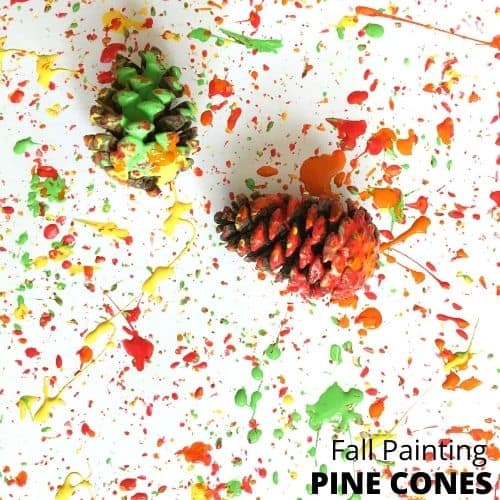
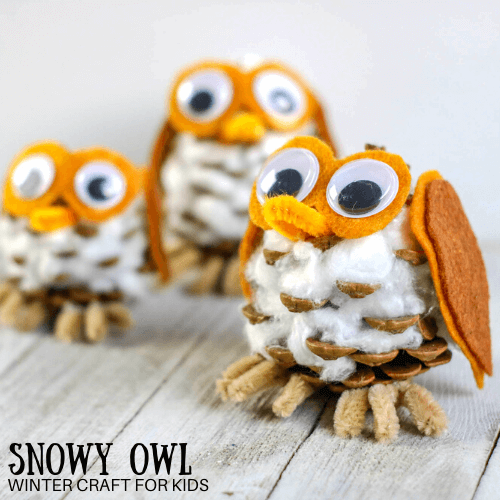
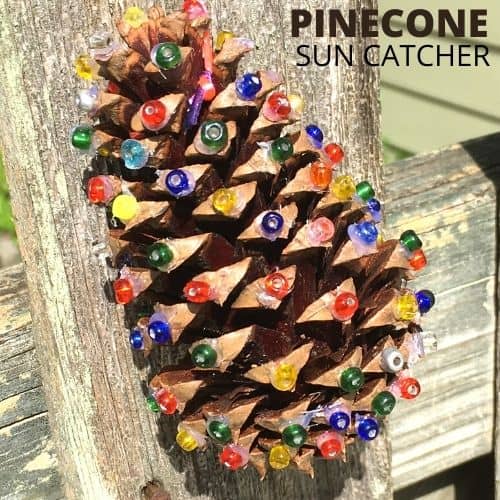
Learn More About Plants
Learn about how plants make their own food through photosynthesis.
Explore the life cycle of a bean plant.
Explore the important role plants have as producers in the food chain.
Name the parts of a leaf, the parts of a flower, and the parts of a plant.
See up close how a seed grows with a seed germination jar.
Observe how water moves through a plant with this celery experiment.
Explore the parts of a plant cell with our printable plant cell coloring sheets.
Printable Winter STEM Pack
Even if you don’t live in a snowy winter climate, there are many ways to explore the season!
WHAT’S INSIDE? You’ll find 250+ Pages of Winter theme projects for science, STEM, and art!
- 25+ Winter science activities and STEM projects for kids that are easy to set up and fit into the time you have available even if it’s limited! NEW: Observation sheets for activities.
- Printable winter theme STEM activities that are simple but engaging for home or classroom. Perfect for K-2 and beyond and adaptable to many skill levels.
- Find simple background science explanations to share with kids while they explore hands-on and playful experiments, projects, and activities! Fun with physics, chemistry, design, engineering, and more!
- Easy to gather supplies makes these STEM activities ideal when you have limited resources available. Perfect for trying with groups of kids.
- Engaging winter STEM activities packed with winter theme activities, journal pages, and design process steps! Includes structure-building cards, STEM challenge cards, and screen-free coding activities.
- Fun snowflake theme STEM, including snowflake cutting templates, snowflake tinker cards, and snowflake science activities, including a snowflake formation cycle!
- Even more, winter printable sheets include hibernating animals sort, snow weather cycle, five senses for winter journal pages, thaumatrope patterns, and fun extras with a winter theme!


